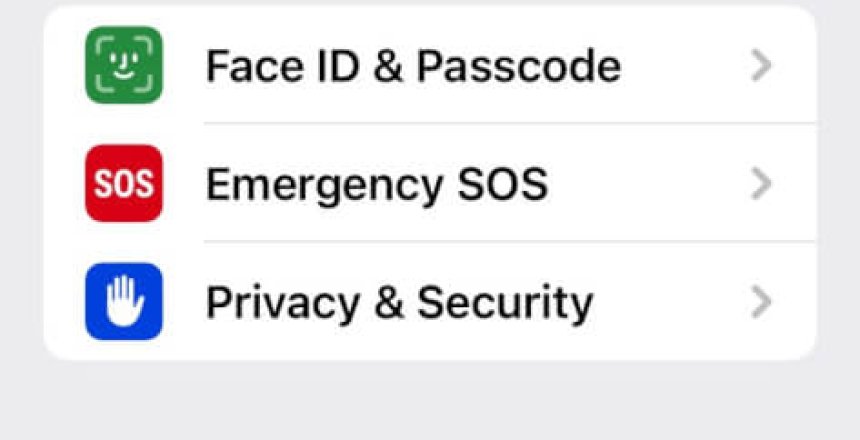If you are an Apple iPhone user, you may be at risk of losing your Apple account and all your data, and potentially be locked out of your devices if someone steals your phone. Follow these 6 steps to secure your phone so that if it is stolen, the thief will be unable to make changes to it, and make the device easier to find.
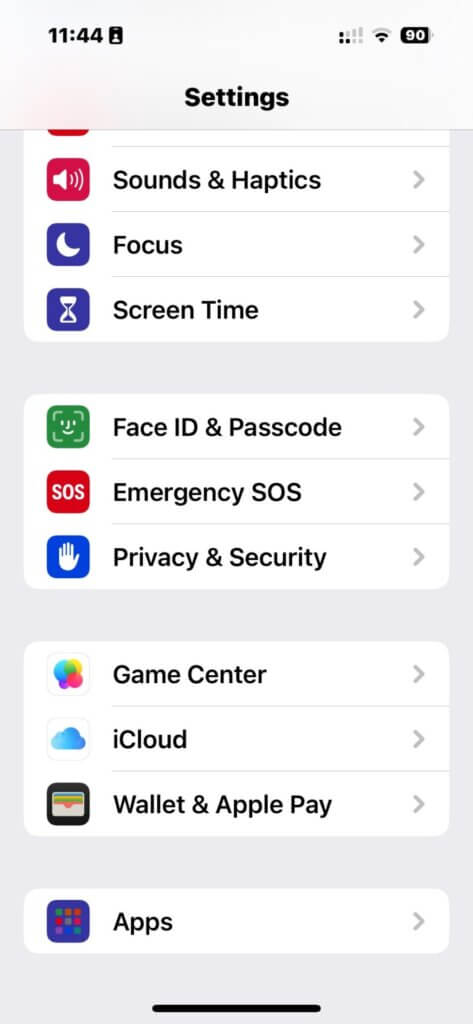
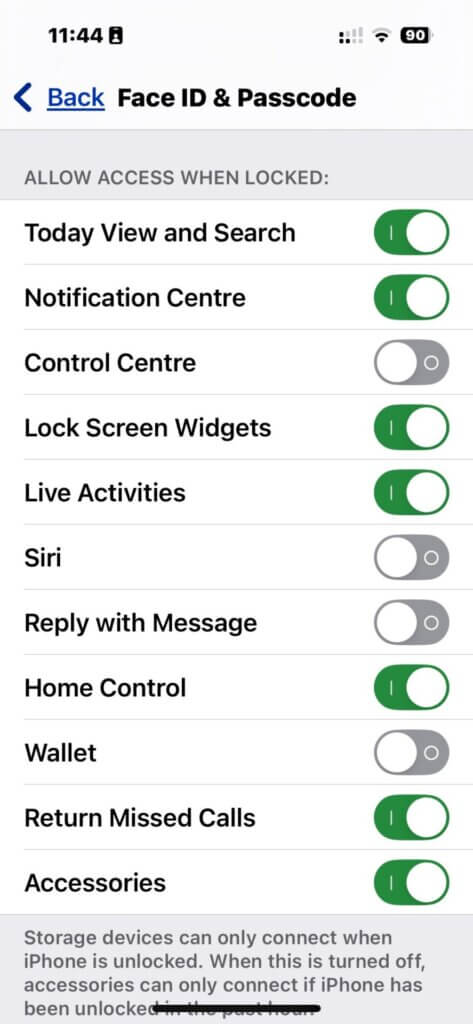
1. Disable Control Centre on lock screen
A thief will immediately switch your phone into airplane mode to prevent the Find My service from locating your phone. They can ordinarily do this when your phone is locked by pulling down from the left corner of your screen.
To disable this, go into Settings then FaceID and Passcode (or TouchID and Passcode on an iPhone with a home button) and scroll to ALLOW ACCESS WHEN LOCKED, then turn off Control Centre.
You will still be able to access the control centre but your phone has to be unlocked to do that.
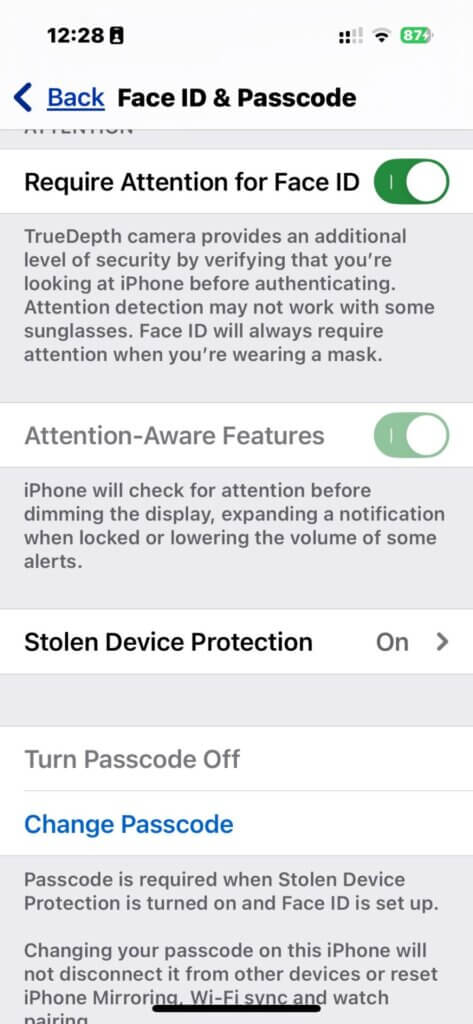
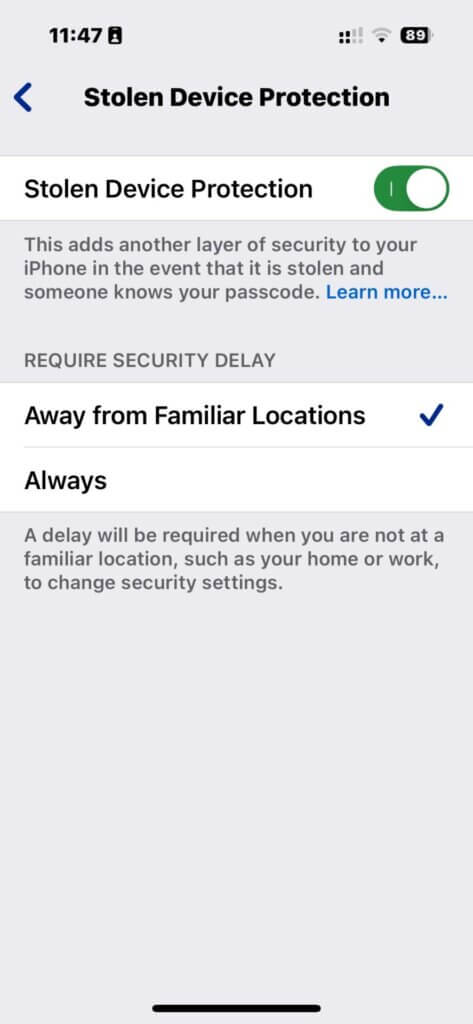
2. Turn on Stolen Device Protection
This is in the same section of the Settings as the Control Centre, this adds a delay to changing your password and passcode in the event that the device is lost or stolen and someone may have looked over your shoulder when you were entering your passcode.
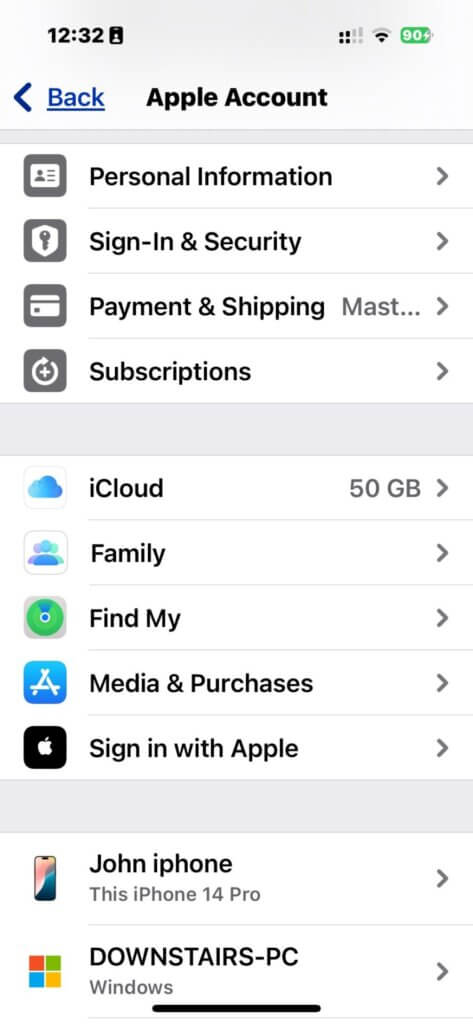
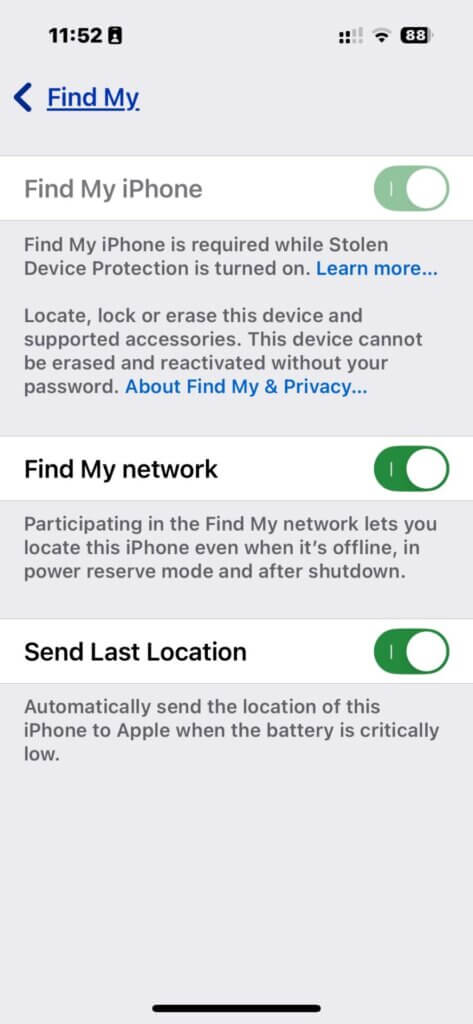
3. Turn on Send Last Location in Find My
You can have the location of your phone sent to Apple when the battery is critically low, or if the phone is being switched off so your device can be located more easily.
In Settings, click on your profile at the top and scroll to Find My. Click on the slider for Find My iPhone and turn on Send Last Location.
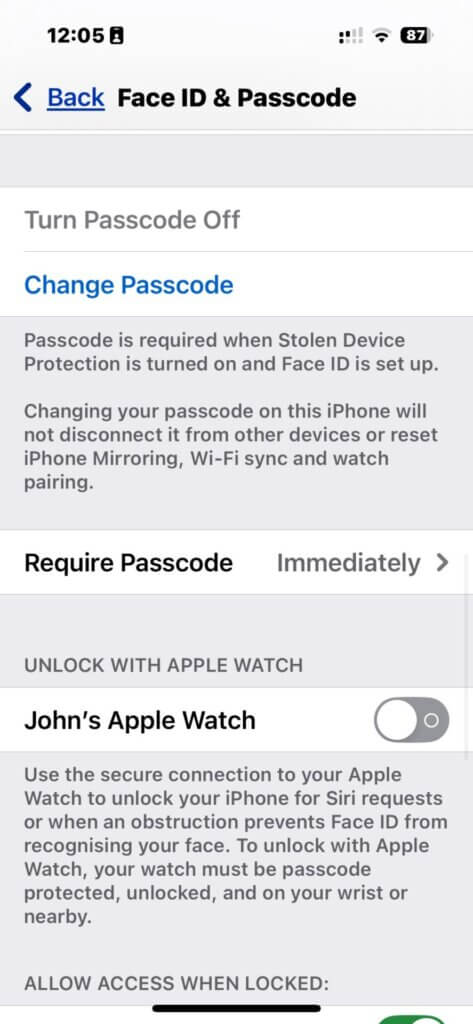
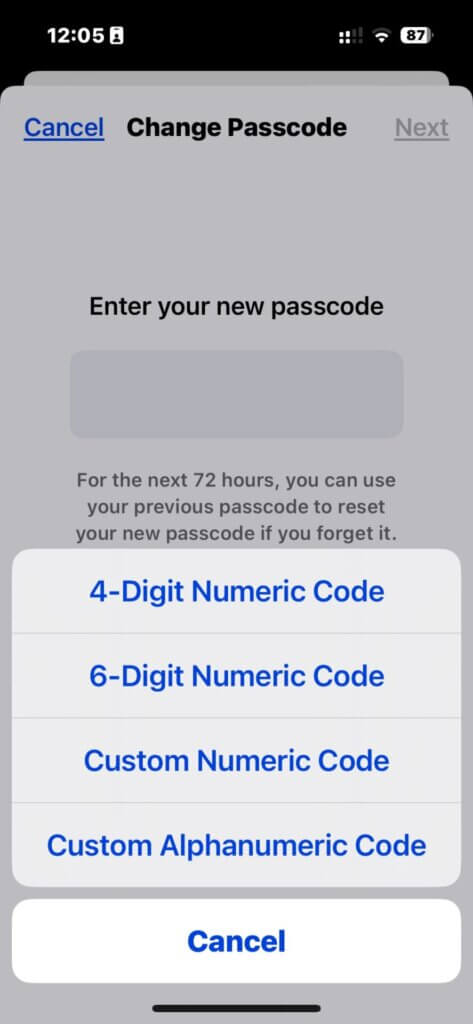
4. Choose a more secure Passcode
Your passcode is the backup security to your FaceID or TouchID, so 4 or 6 digit codes are basically insecure these days as they are easily guessed.
In FaceID and Passcode (TouchID and Passcode on phones with the home button) you can change your Passcode to something more secure.
Choose Change Passcode and enter your existing passcode. At the next screen choose Passcode Options and set either a Custom Numeric Code or Custom Alphanumeric Code.
Unlike traditional 4 and 6 digit codes, the phone won’t tell anyone how many digits or characters are needed for the passcode. While the limit is 250 characters, you want to balance convenience with security.

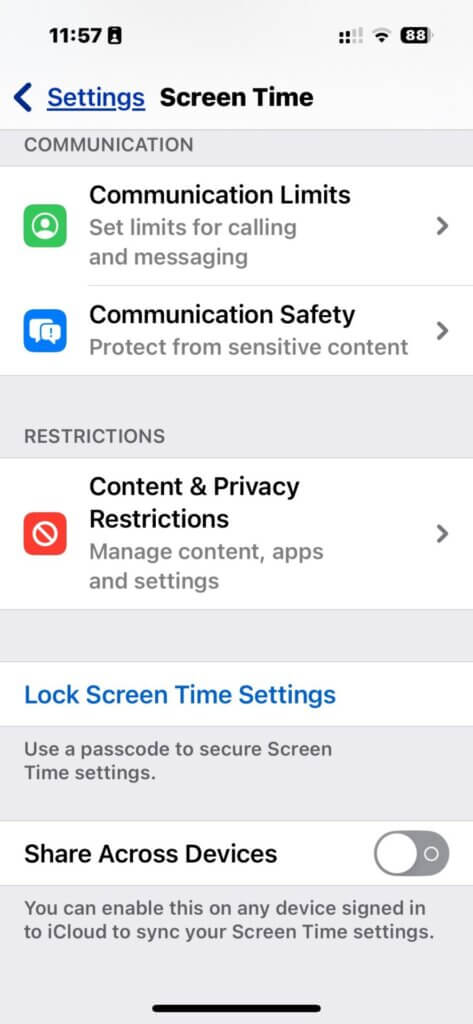
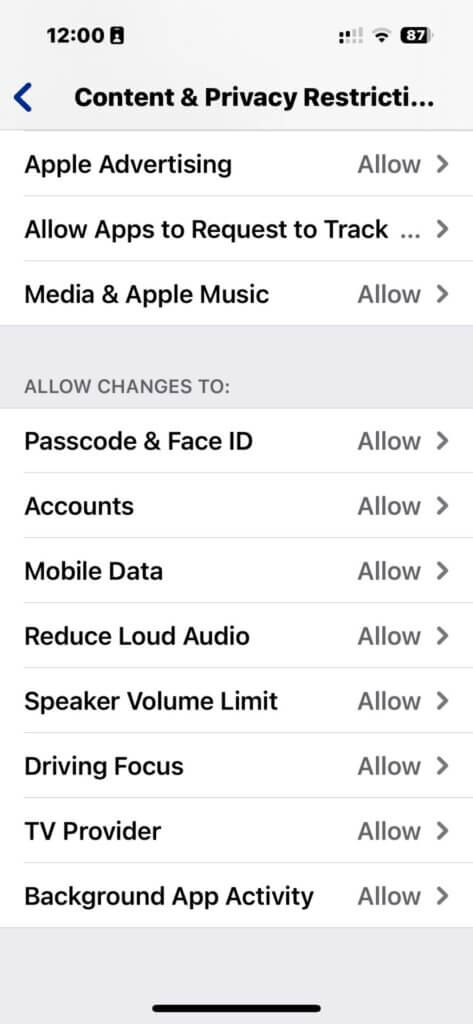
5. Prevent changes to your account and passcode with Screen Time
While Screen Time can be used to curb excessive app usage or monitor how long you spend on social media, it also has an entirely different use. You can lockdown what can be done on your phone.
In Settings then Screen Time, scroll down to Content & Privacy Restrictions.
Under ALLOW CHANGES TO:
Passcode and FaceID (Passcode and TouchID for phones with a home button) and change this to Don’t Allow
Accounts change this to Don’t Allow
When you return to the Settings app, you will see your profile is greyed out and there will be no FaceID and Passcode section to change.

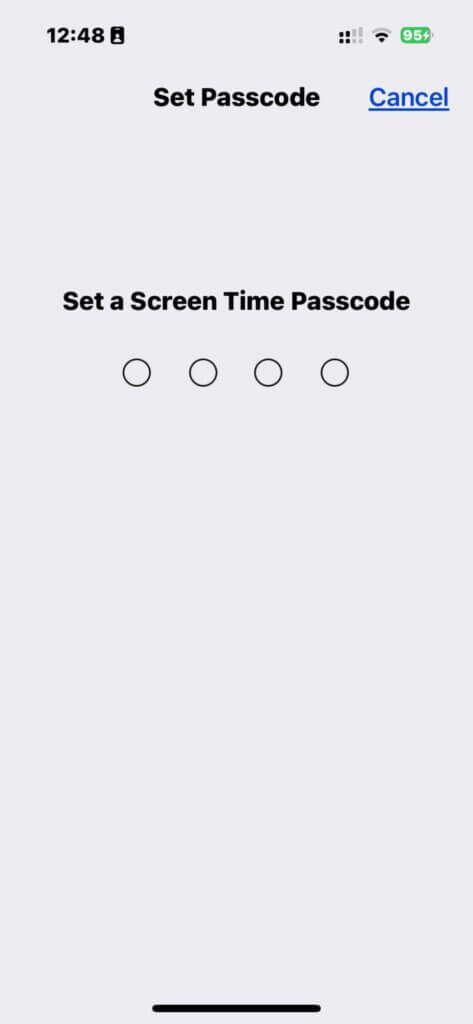
6. Lock down Screen Time
In Screen Time scroll to just below Content & Privacy Restrictions and you will see Lock Screen Time Settings. You need to enter a 4 digit pin to prevent unauthorised users from changing the account, passcode and FaceID settings. Do NOT use the same code as your passcode.
Consider taking out AppleCare+
For new iPhones, Apple’s AppleCare+ will cover up to two incidents of theft and loss every 12 months, however there is an excess charge for this which is currently around £109 and the device must have Find My iPhone switched on during the time of the claim. However, the insurance coverage also covers screen damage with an excess of around £25 and other damage for around £80.
Outside of Apple, there are mobile phone insurance plans that cover lost, stolen and damaged phones that may be worth adding to Home and Contents or as a separate policy.

